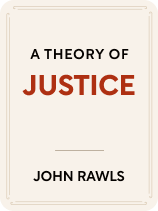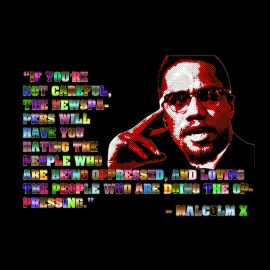

This article is an excerpt from the Shortform book guide to "A Theory of Justice" by John Rawls. Shortform has the world's best summaries and analyses of books you should be reading.
Like this article? Sign up for a free trial here.
What is the original position? How does the original position inform John Rawls’s theory of justice?
“The original position” is the foundation of John Rawls’s theory of justice. The original position aims to determine the ideal theory of justice—one that a group of equals could rationally agree is best, regardless of their own personal backgrounds or circumstances.
Keep reading to learn about the original position.
The Original Position Explained
What is the original position? To determine the ideal principles of justice, Rawls uses a thought experiment he calls “the original position”: a hypothetical situation where a group of equals must arrive at a rational definition of justice. The members of this group act as representatives of real citizens in a society at a one-to-one ratio—each citizen has their own representative. The representatives are all equally clearheaded and competent, they all have an equal say, and they all have to agree on a definition of justice before it’s finalized. In addition, they must arrive at this definition entirely through rational debate—they can’t use any threats of violence, appeals to emotion, or attempts to persuade each other through rhetoric alone.
| The History of the Original Position The original position is Rawls’s take on “social contract theory”: the idea that societies exist and function based on widespread consent. Classic social contract theories like that of 18th-century French philosopher Jean-Jacques Rousseau suggest societies came into existence based on a general agreement. According to this agreement, people respect the rules and laws of a society in exchange for a safer, easier life. The continued existence of society is based on this contract—if society fails to provide the benefits promised in the social contract, then people are no longer required to follow its laws and can create a new society. The term “original position” refers to this process of creating a society via contract negotiation. “Original” refers to the fact that it occurs before any other negotiations about society, and “position” refers to the situation the negotiators find themselves in. |
The Original Position Framework
Rawls outlines the three main circumstances that every representative is aware of in the original position:
1) In this hypothetical society, there’s a medium level of scarcity. This means that there are enough primary benefits to meet everyone’s basic needs, but there aren’t enough primary benefits for everyone to get everything they want.
2) Each representative wants to ensure that their citizen receives enough primary benefits to live a fulfilling life.
3) Whatever definition of justice the representatives come up with has to be fair to all citizens. This is because all representatives are rational and on equal footing—nobody will arbitrarily agree to a definition that gives their citizen fewer benefits than everyone else, and nobody can coerce a representative into accepting a definition that gives their citizen fewer benefits than everyone else.
(Shortform note: The framework of the original position serves as Rawls’s version of the “state of nature,” or the condition of people living outside of organized society. Classic social contract theorists saw the state of nature as essential for understanding how people organize into societies—after all, it determines the circumstances of the negotiators. Then, based on their view of the state of nature, different social contract theorists came to different conclusions of how people would negotiate. In A Theory of Justice, Rawls’s original position determines the position of the representatives, but it’s not a claim of how he believes people actually live outside of society. Instead, it’s an idealized “state of nature” where people can negotiate freely and fairly.)

———End of Preview———
Like what you just read? Read the rest of the world's best book summary and analysis of John Rawls's "A Theory of Justice" at Shortform.
Here's what you'll find in our full A Theory of Justice summary:
- John Rawls's 1971 theory of justice as fairness
- A breakdown of Rawls's Original Position theory and framework
- The three duties every citizen has in a just society





